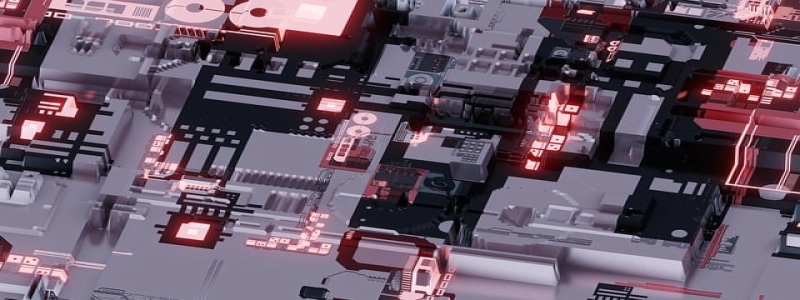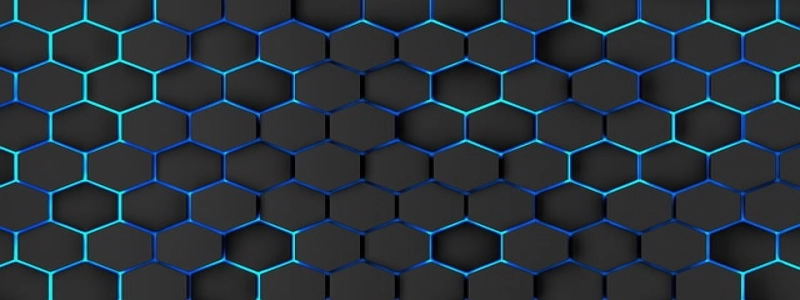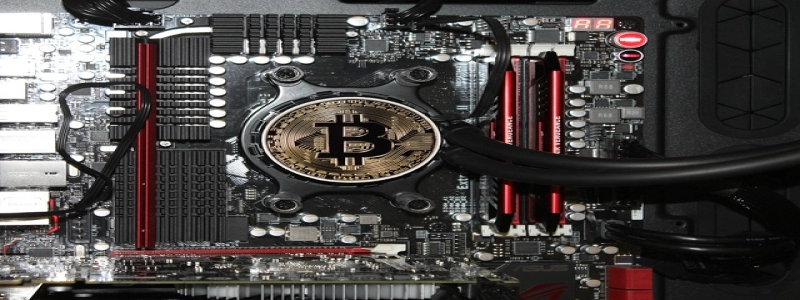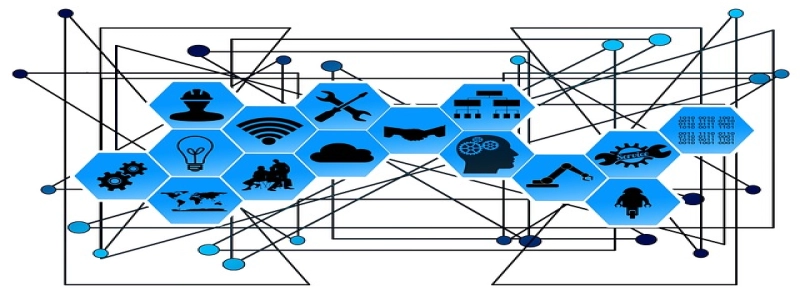Terminating Ethernet
Ethernet is the most widely used standard for local area networks (LANs). It allows computers and other devices to communicate and share data with each other within a network. In order to ensure proper functionality and efficient data transmission, it is essential to terminate Ethernet cables correctly.
Terminating Ethernet cables refers to the process of properly connecting the cable ends to Ethernet connectors, such as RJ-45 connectors, which are used to plug the cables into networking devices like switches, routers, and computers. Terminating Ethernet cables is a critical step in creating a reliable network infrastructure.
jeg. What is Ethernet termination?
Ethernet termination is the process of correctly attaching the cable ends to connectors, ensuring proper alignment and securing the connections. It involves stripping the cable’s outer jacket, untwisting and arranging the inner wire pairs according to the specific wiring scheme, and finally crimping the connector onto the cable.
II. Tools required for Ethernet termination
1. Ethernet cable (Cat5e, Cat6, or higher)
2. Crimping tool
3. Wire stripper
4. Cable tester (optional, for verifying the terminated cables)
III. Steps to terminate Ethernet cables
1. Measure and cut the cable to the desired length, ensuring enough slack for termination and future maintenance.
2. Strip off approximately 1 inch of the outer jacket from the cable end, using a wire stripper.
3. Untwist the inner wire pairs, making sure to maintain the twist as close to the cable end as possible.
4. Sort the wires according to the T568A or T568B wiring scheme, which specifies the order in which the wire pairs should be arranged.
5. Carefully insert the wires into the RJ-45 connector, making sure they are fully inserted and reach the front end of the connector.
6. Use a crimping tool to firmly crimp the connector onto the cable, ensuring all the pins are properly pierced and clamped down.
7. Repeat the process for the other end of the cable if needed.
8. Use a cable tester to verify the termination quality, by checking for continuity and proper wire order.
IV. Importance of proper Ethernet termination
Properly terminated Ethernet cables provide reliable network connectivity and ensure efficient data transmission. Here are a few reasons why termination is important:
1. Signal integrity: Correct termination reduces signal degradation and interference, resulting in better network performance and fewer data errors.
2. Network stability: Improperly terminated cables can cause network connectivity issues, intermittent dropouts, and reduced network speeds.
3. Future-proofing: Properly terminated cables allow for easier cable management and future upgrades or modifications to the network infrastructure.
Afslutningsvis, terminating Ethernet cables correctly is essential for creating a reliable and efficient network infrastructure. By following the proper termination steps and using the appropriate tools, network administrators can ensure a stable and high-performing Ethernet network.








